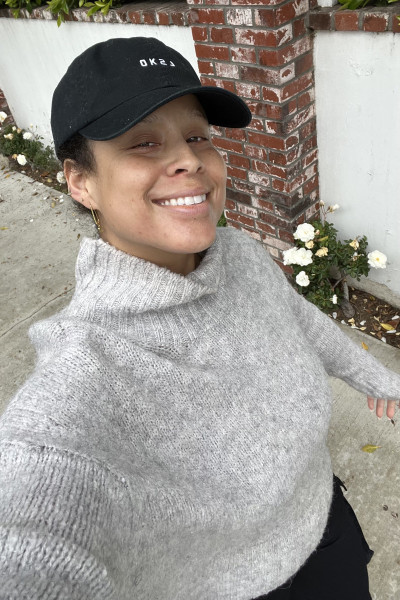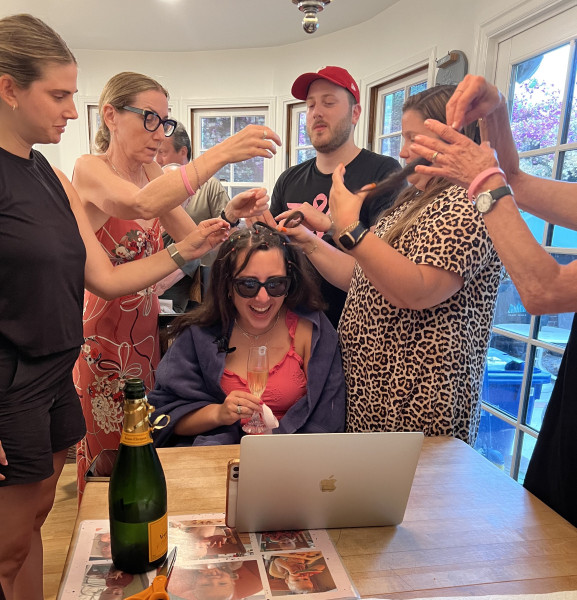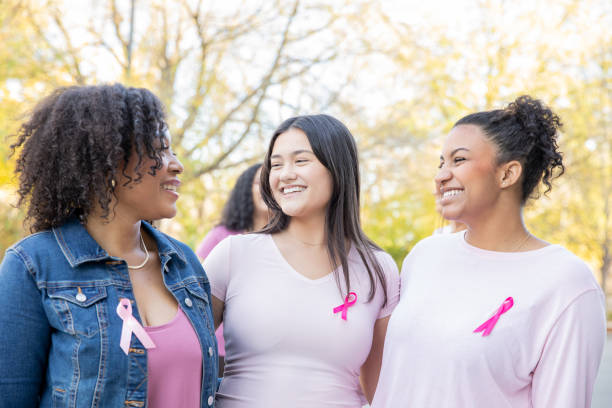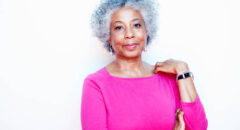During Breast Cancer Awareness Month, a Cedars-Sinai Cancer Expert and Two Patients Discuss an Alarming Uptick in Young Adults Being Diagnosed With the Disease
Amanda Butler and Isabella Bugatti, both just entering their 30s, were blindsided by a diagnosis that is on the rise among women their age: breast cancer.
They are not the only ones. A recent study in the peer-reviewed journal JAMA Network Open found that although most cancer in the U.S. occurs in people age 65 and older, cancer—especially breast, endocrine and gastrointestinal cancer—is on the rise in younger patients. The study also found that between 2010 and 2019, breast cancer rates significantly increased in women under age 40.

“We’ve had a surge of young patients, Amanda and Isabella among them,” said Yuan Yuan, MD, PhD, director of Breast Medical Oncology at Cedars-Sinai Cancer, who is treating both women. “Fortunately, even in the aggressive forms these young women have, breast cancer is a treatable, and often curable, disease.”
Butler, a fitness trainer from West Hollywood, was 32 when she felt a lump in her right breast about a year ago. She was diagnosed with triple-positive breast cancer, a form fueled by the hormones estrogen and progesterone, and a protein called HER2. She also tested positive for a BRCA2 genetic mutation.
“No one in my family had had breast cancer,” Butler said. “The diagnosis was a shock to me because I was the healthiest person I knew. I care so much about my health. I work in fitness and wellness.”
Bugatti, born at Cedars-Sinai and raised in Los Angeles, has worked in politics—all over the country, and most recently, in Washington, D.C. In May, the 30-year-old was in her Washington apartment chatting with a friend when she sat back, crossed her arms, and felt a lump in her left breast.
Her doctor referred her for a mammogram and an ultrasound. She was diagnosed with bilateral triple-negative breast cancer, and she moved back to L.A. for treatment. This diagnosis has taught Bugatti the importance of advocating for your own health. Although this fast-spreading, aggressive cancer type is more common in young women, it still only accounts for 10%-20% of all breast cancers. And because it lacks receptors for estrogen, progesterone, and the HER2 protein, it can be tricky to treat.

Despite some family history, Bugatti was unaware that she had a BRCA1 gene mutation.
“Breast cancer was not even on my radar,” Bugatti said. “My maternal grandmother had breast cancer, but my mom did







